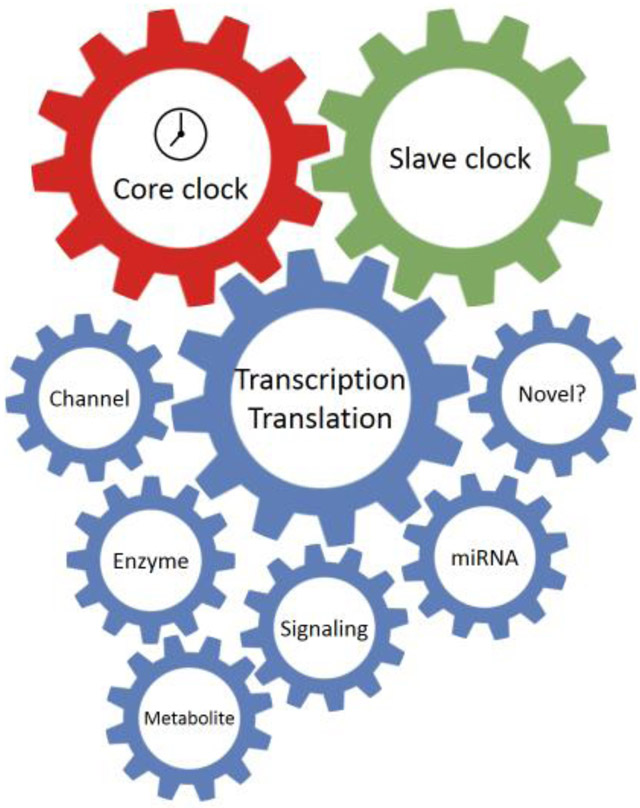Figure 1. The core clock-slave clock-effectors network.
This schematic diagram illustrates the proposed model of the molecular mechanism of circadian regulation in the heart. The core clock generates the primary oscillation, which is either transduced by a tissue specific slave clock or directly to a variety of downstream effectors. The slave clock allows tissue specific circadian regulation as well as integration of additional environmental inputs, such as metabolic or disease status. The effectors ultimately affe ct cardiac physiology or pathophysiology.

